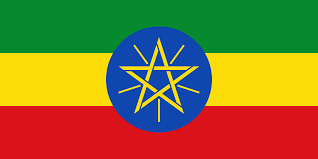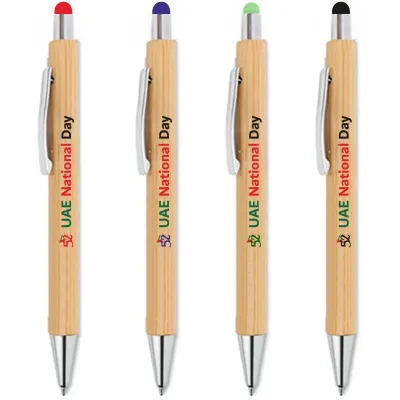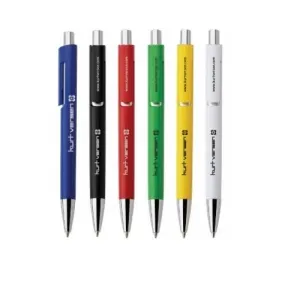Meaning of Colors in Ethiopian Flag
What is the meaning of Colors of Ethiopian Flag?

Flags are not merely pieces of cloth fluttering in the wind; they are powerful symbols representing the essence, history, and aspirations of a nation. The Ethiopian flag, with its vibrant colors and unique symbolism, serves as a testament to the rich tapestry of Ethiopian culture and history. In this blog, we will delve into the meaning behind the colors of the Ethiopian flag, exploring their historical significance and cultural context.
The Origins of the Ethiopian Flag
The Ethiopian flag, known as the tricolor, has a long and storied history dating back to the 19th century. The current design was adopted on October 31, 1996, following the overthrow of the Marxist Derg regime. However, its origins can be traced back to the time of Emperor Tewodros II in the mid-19th century.
The Colors of Ethiopian Flag
Green:
- Symbolizes the fertility of the land and the hope for the future.
- Reflects Ethiopia's lush landscapes, fertile valleys, and agricultural abundance.
- Represents growth, prosperity, and the natural wealth of the country.
Yellow (Gold):
- Represents the wealth and prosperity of Ethiopia.
- Signifies the country's bright future and potential.
- Reflects the richness of Ethiopian culture, heritage, and traditions.
Red:
- Symbolizes the blood shed by Ethiopian heroes in defense of the nation's independence and sovereignty.
- Represents the sacrifices made by Ethiopians throughout history to preserve their freedom.
- Reflects the resilience, courage, and strength of the Ethiopian people.
Historical Significance of Colors of Ethipion Flag:
Green:
- Historically, green has been associated with Islam, reflecting Ethiopia's significant Muslim population and its role in the country's cultural mosaic.
- During the reign of Emperor Haile Selassie, green was also interpreted as a symbol of the Ethiopian Orthodox Church, which holds a prominent place in Ethiopian society.
Yellow (Gold):
- The color yellow has been historically associated with royalty and nobility in Ethiopian culture.
- It is reminiscent of the golden crowns and treasures of ancient Ethiopian monarchs, symbolizing the country's royal heritage and imperial legacy.
Red:
- Red has deep historical roots in Ethiopia, symbolizing the blood of martyrs who fought against foreign invasions and colonial powers.
- It represents the struggles and sacrifices of Ethiopians throughout history, including battles against Italian imperialism and colonialism.
Cultural and Religious Significance of Ethiopian flag:
Green:
- In Ethiopian culture, green is often associated with nature, growth, and renewal.
- It is also linked to the concept of "gursha," a traditional Ethiopian custom where food is shared among family and friends as a gesture of hospitality and unity.
Yellow (Gold):
- Yellow holds religious significance in Ethiopia, particularly in the Ethiopian Orthodox Church.
- It is associated with the vibrant ceremonial garments worn by priests and monks during religious rituals and festivals.
Red:
- Red holds multifaceted symbolism in Ethiopian culture, representing strength, vitality, and passion.
- It is prominently featured in traditional Ethiopian clothing, textiles, and artwork, reflecting its importance in the cultural identity of the nation.
Contemporary Relevance of Ethiopian Flag
In modern Ethiopia, the flag serves as a unifying symbol of national pride and identity. It is proudly displayed at official ceremonies, public events, and celebrations, serving as a reminder of Ethiopia's rich history and cultural heritage. Despite its tumultuous past, Ethiopia continues to strive for unity, progress, and prosperity, as reflected in the vibrant colors of its flag.
Evolution of the Ethiopian Flag
Over the centuries, the Ethiopian flag has undergone several changes, reflecting the country's dynamic history and political shifts. The tricolor design, featuring green, yellow, and red horizontal stripes, has remained constant since its adoption in 1996. However, prior to this, Ethiopia had several different flag designs.
- During the reign of Emperor Tewodros II in the mid-19th century, the flag featured a simple tricolor design with horizontal stripes of red, yellow, and green, arranged from top to bottom.
- In the late 19th and early 20th centuries, Ethiopia briefly adopted a flag with the Lion of Judah, a symbol of Ethiopian monarchy and the Ethiopian Orthodox Church, prominently displayed in the center.
- Under the Italian occupation from 1936 to 1941, Ethiopia's flag underwent significant changes, with the incorporation of fascist symbols and the removal of traditional Ethiopian elements.
- Following the liberation from Italian rule, Emperor Haile Selassie restored the tricolor flag, which became the official national flag of Ethiopia.
Symbolism of Colors of Ethiopian Flag in Ethiopian Culture and Tradition
The colors of the Ethiopian flag are deeply ingrained in the country's cultural fabric and are reflected in various aspects of Ethiopian life.
Green is closely associated with the Ethiopian landscape, particularly the lush highlands and fertile valleys that sustain agriculture and livelihoods.
Yellow, reminiscent of the golden sun that shines over Ethiopia's vast plains, symbolizes the warmth, hospitality, and generosity of the Ethiopian people.
-Red represents the fiery spirit, resilience, and determination of Ethiopians, who have faced numerous challenges throughout history with unwavering courage.
These colors are not only found in the flag but also in traditional Ethiopian clothing, religious artifacts, and artistic expressions, reinforcing their significance in Ethiopian culture and tradition.
International Influence and Solidarity of colors of Ethiopian Flag
The colors of the Ethiopian flag have transcended national borders and have come to symbolize broader ideals of unity, freedom, and solidarity.
- The Pan-African movement, which emerged in the 20th century to advocate for African unity and independence, adopted the colors red, yellow, and green as symbols of African liberation and pride.
- In Ethiopia's struggle against Italian colonialism during the 1930s, the flag became a rallying symbol for other African nations fighting for their independence.
- Today, the Ethiopian flag continues to inspire movements for social justice, equality, and human rights not only within Ethiopia but also across the African continent and beyond.
Conclusion
In conclusion, the Ethiopian flag is a powerful emblem that encapsulates the essence of Ethiopia's past, present, and future. Its colors speak volumes about the nation's history, culture, and aspirations, serving as a source of pride and inspiration for millions of Ethiopians at home and abroad. As Ethiopia continues its journey of development and progress, the flag will remain a timeless symbol of unity, resilience, and hope for generations to come.
Featured Products - Highlighted Selections - Standout Products We Love
Our featured products are special products liked and recommended by our customers.They are special in design, shape with distinctive values
























